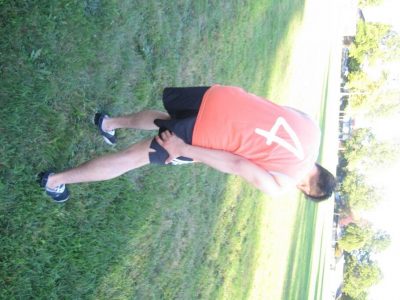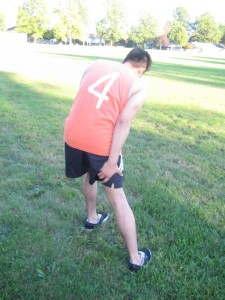The plantaris muscle is a small-sized muscle in the rear part of the leg. Travelling along the other calf muscles, the plantaris muscle and its tendon are in the same position with the calf muscles and Achilles tendon.
Any form of injury to the plantaris muscle strikingly mimics some of the symptoms of a calf strain or an Achilles tendon tear but the recovery process from an injury is relatively simpler.
How the plantaris muscle ruptures
Any grievances to the plantaris muscle can either manifest as a muscular strain or a plantaris muscle rupture. This injury is also called as “tennis leg” since many who end up with this injury are athletes who lunge forward such as tennis players. The usual indications of a rupture include the following:
- Abrupt pain or soreness in the rear part of the calf
- Distension and bruising in the back part of the leg
- Swelling or clustering of the calf muscle
- Spasm and cramping of the calf muscle
Abrupt pain or soreness in the rear part of the calf
An initial step to confirm a diagnosis is to ensure that the injury is not a serious Achilles tendon tear. Individuals who develop Achilles tendon tears could not point the foot downwards due to the severed tendon while injury to the plantaris muscle will not cause this limitation.
If a diagnosis is unclear, there are tests that can be carried out to confirm or exclude a diagnosis of a plantaris muscle rupture. The commonly used tests include MRI or an ultrasound. Both tests are useful in confirming an injury to the plantaris muscle or other possible causes of calf pain.
Management
The treatment for a plantaris muscle injury does not require surgery. Even though injuries can trigger pain and disability, the symptoms eventually resolve with simple measures.
The initial treatment for a plantaris muscle rupture is the RICE method. In case the pain is intense, the individual requires a short period of immobilization or use crutches to allow the pain to subside.
Gradual increase in the strength and mobility can be achieved with the guidance of a trainer or physical therapist. In most cases, the symptoms eventually resolve but it is not uncommon for full recovery to take 6-8 weeks depending on the severity of the injury.


